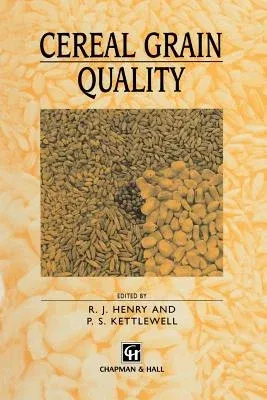Cereal uses range from human food and beverages to animal feeds and
industrial products. It is human food and beverages which are the
predominant uses covered in this book, since the nutritional quality of
cereals for animal feed is described in other publications on animal
nutrition, and industrial products are a relatively minor use of
cereals. Cereals are the main components of human diets and are crucial
to human survival. Three species, wheat, rice and maize, account for the
bulk of human food. Barley is the major raw material for beer production
and ranks fourth in world production. Other species such as sorghum are
regionally important. This book covers all the major cereal species:
wheat, rice, maize, barley, sorghum, millet, oats, rye and triticale.
Specific chapters have been devoted to a description of the major
end-uses of each of the species and to definition of the qualities
required for each of their end uses. The functional and nutritional
quality of cereals determines their suitability for specific purposes
and may limit the quality of the end- product, influencing greatly the
commercial value of grain. An under- standing of the factors that
determine grain quality is thus important in the maintenance of
efficient and sustainable agricultural and food production. The
biochemical constituents of the grain that determine quality have been
described in chapters on proteins, carbohydrates and other components.
An understanding of the relationships between grain composition and
quality is important in selecting grain for specific uses.


